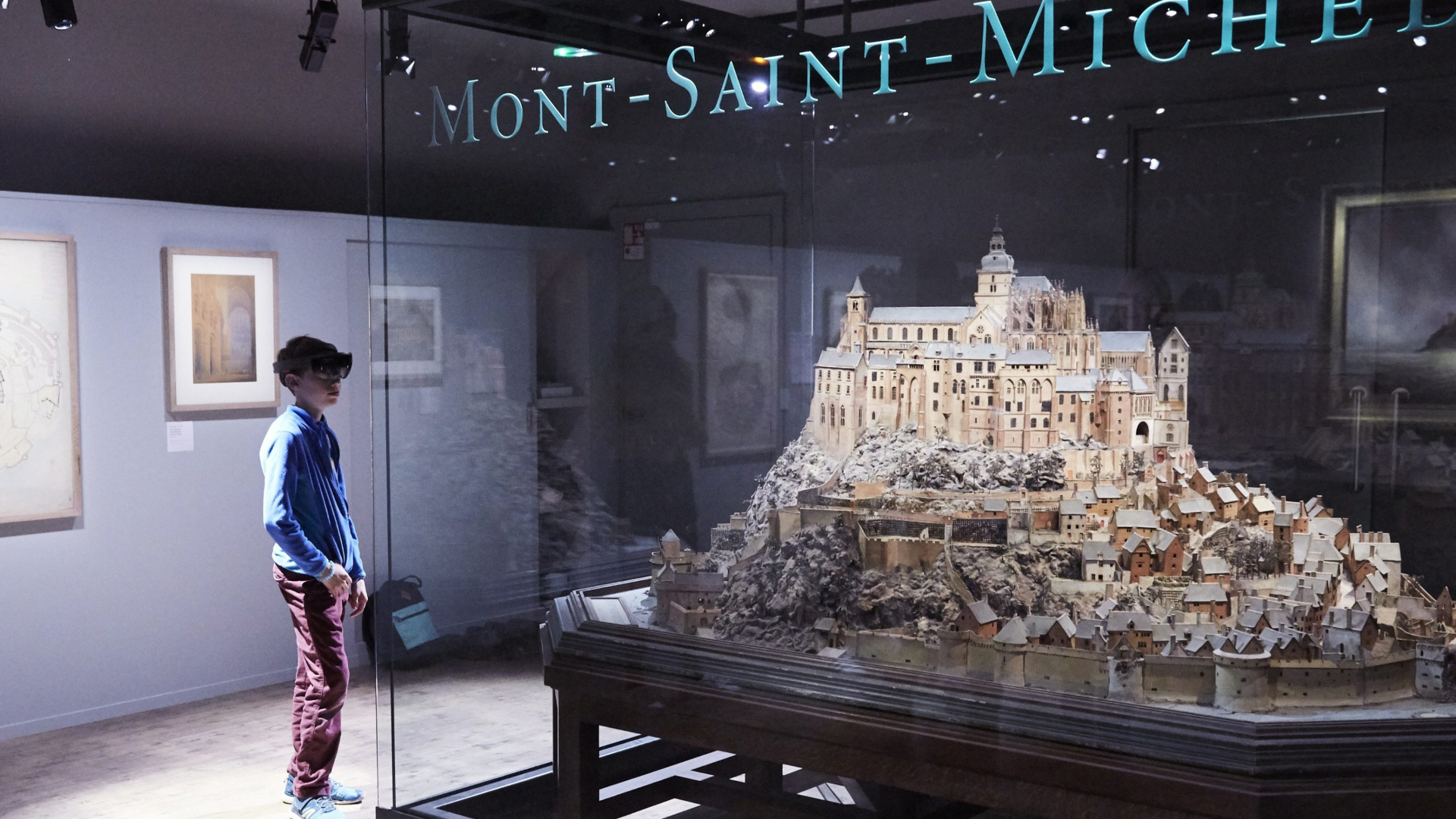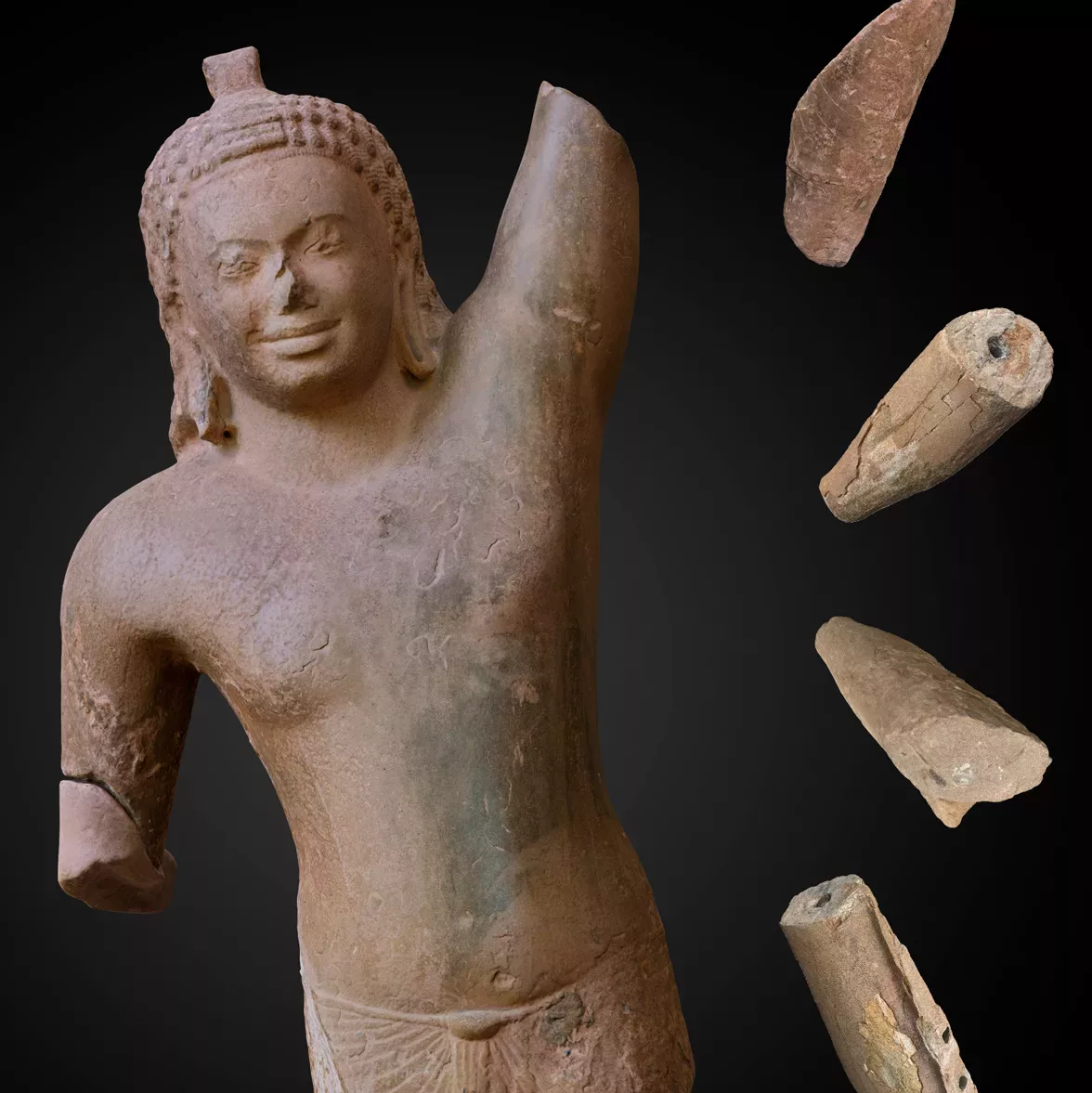Ancient Olympia: Common Grounds
Explore the Common Grounds experience from your desktop
Download the app for your mobile device
Digitally preserving and restoring Ancient Olympia as it stood over 2,000 years ago
Ancient Olympia is home to institutions and ideals that have shaped the world as we know it. Now, Ancient Olympia: Common Grounds—a new collaboration between the Hellenic Ministry of Culture and Sports and Microsoft—is harnessing AI to digitally preserve and restore this rich site for future generations by bringing its structures and cultural impact to life like never before.
Visitors from around the world flock to Ancient Olympia to get a glimpse of its “ruins,” the material remains of its glorious past. But this archaeological site in Greece stands for much more than ancient history. The legacies that emerged from this cultural crossroads—from the ancient Olympic Games to art and architecture to civic ideals—remain as vivid and vital as ever.
Common Grounds is a unique way of experiencing Greece’s proud cultural heritage. Visitors around the world can virtually visit the ancient site of Olympia and experience history firsthand using augmented reality technology.
Today, 27 major monuments and many minor ones still stand in Ancient Olympia. Among them, the original Olympic Stadium. The temples of Zeus and Hera. The workshop of the renowned sculptor Phidias. These monuments survived thousands of years of weather, war, earthquakes, and modernization. They are meticulously conserved and restored by the Hellenic Ministry of Culture and Sports. But they are in need of digital preservation as well, to ensure that all the evidence of the rich history and civil common ground values that the site was built upon is handed over to future generations.
That’s why the Hellenic Ministry of Culture and Sports is collaborating with Microsoft to create Common Grounds, a digital revival project that aims to preserve and restore valuable pieces of our past and empower global audiences to embrace the idea of finding common ground through our shared history.
Now, with help from AI technology, viewers can explore Ancient Olympia as it stood in its glory more than 2,000 years ago with an immersive experience that allows fans of history, sports, arts, and culture to interact virtually with the buildings and artifacts from the historic site.
But how exactly did technology make this digital preservation possible, helping to accurately model the physical and cultural aspects of the site?
Through its AI for Cultural Heritage initiative, Microsoft partnered with technology company Iconem, which specializes in digitizing historic sites in 3D, to create the foundational model of Ancient Olympia. Using both on-the-ground cameras and drones to take hundreds of thousands of images of the site, Microsoft AI then processed the pictures to create models so precise, they render as photo-realistic.
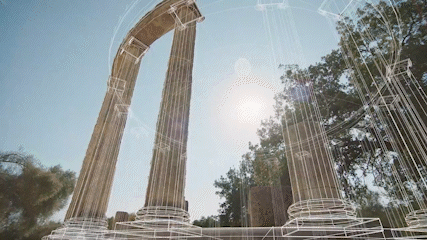
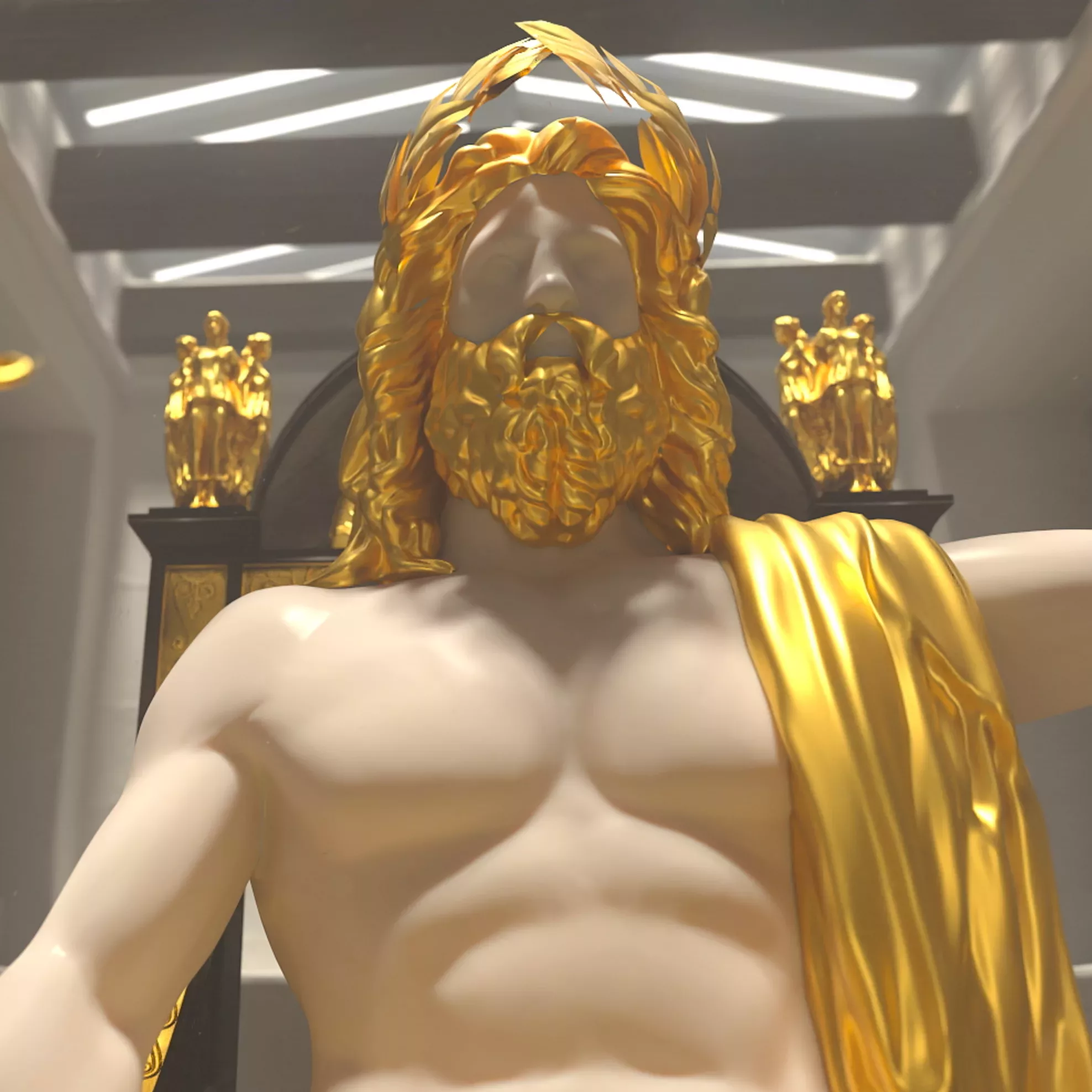
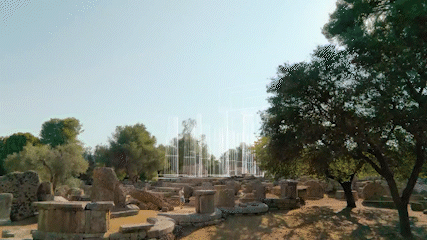
The project to digitally revive Ancient Olympia is a stunning achievement in cultural heritage, bringing together humanity and cutting-edge technology to benefit the world and empower coming generations with new ways to explore our past.
Of course, digitally recording and accurately representing all the details of everyday life in Ancient Olympia was no small task. In the 3D experience, buildings are recreated in lifelike detail, painstakingly researched by the Hellenic Ministry’s expert archaeologists to be as true as possible to their original forms. This includes historical timelines of the site’s changes over time and depictions of artifacts from each period.
The extensive network of ruins includes a Gymnasium where athletes trained and a Stadium that was home to the Olympic Games in honor of Zeus, the most important of the Panhellenic Games, for the duration of which the participating cities practiced ekecheiria—a declaration of ceasefire and temporary peace. These Games were revived in 1896 and took place in the Panathenaic Stadium of Athens, founding the modern Olympic Games.
There are also temples to Hera and Zeus, where a grand sculpture created by Phidias stood as one of the seven wonders of the ancient world. And visitors can also get a glimpse of daily life at structures where citizens gathered, socialized, and conducted business during the five days of the Games. The hope is that this experience can bring these structures to life and offer a valuable insight into Greek history and culture.
But what makes the Common Grounds project particularly impactful is that anyone can access it—whether they’re onsite in Olympia, visiting the new Athens Olympic Museum, or halfway around the world at home.
Digitally preserving Ancient Olympia has created a time capsule of one of history’s most important periods—brought to life in a realistic, engaging way that was never before possible. This new form of digital archiving will continue to offer a portal to another era, helping us understand what humanity has achieved in the past, and reminding us what we’re capable of today.
More stories
-
Explore Ancient Olympia’s historical monuments in full 3D via the web-based desktop and tablet experience. Visitors to the site can also share thoughts via voice or text to reflect on our common ground and the ways people are interconnected by our shared history and events.
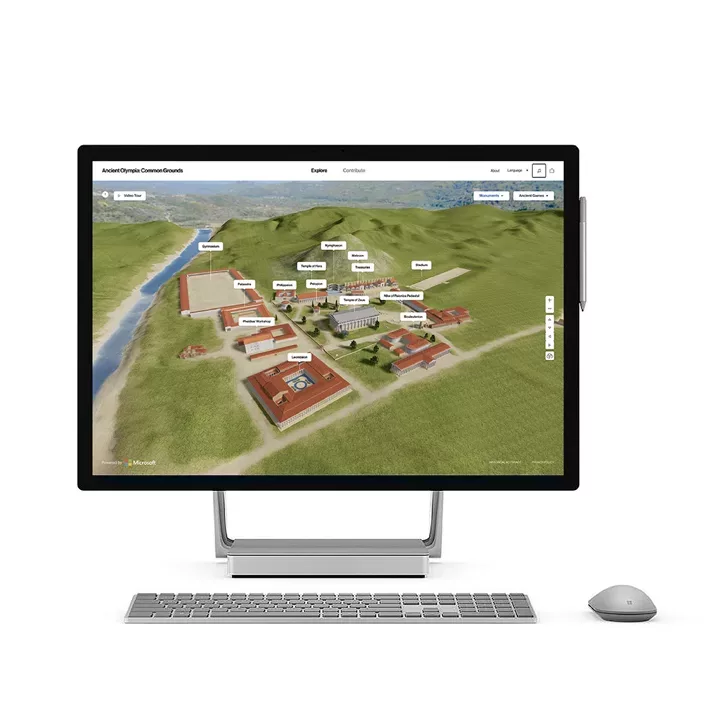
-
The mobile app enables a rich augmented reality (AR) experience which brings the monuments to life at real-world scale. Visitors onsite at Olympia will be able to use the app to navigate through the monuments to see them as they once stood over 2,000 years ago.
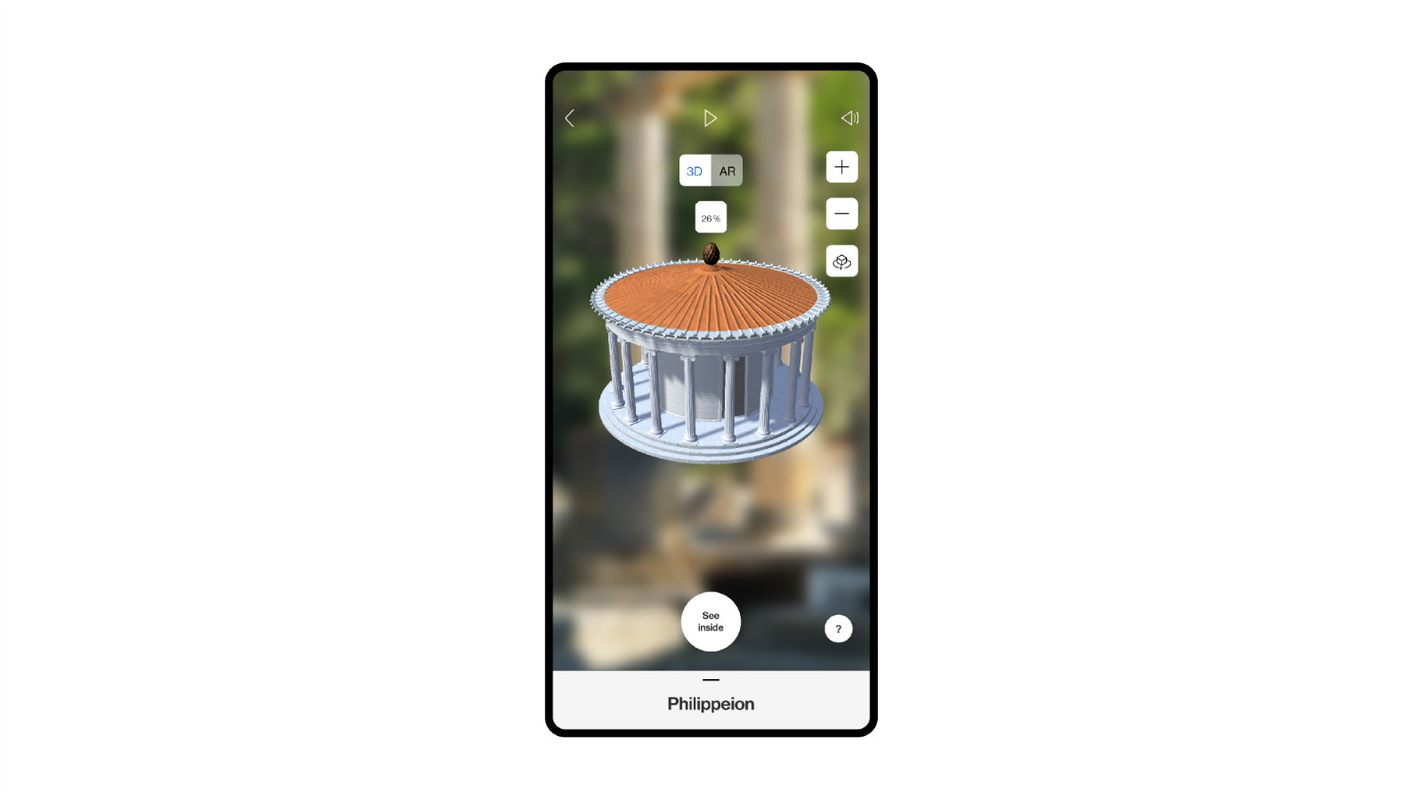
-
The immersive Microsoft HoloLens 2 exhibition invites people to walk through the digitally preserved site of Ancient Olympia. There, visitors are transported back to 173 CE, where they are surrounded by the sights, sounds and virtual monuments of the Ancient Games. This multi-sensory tour is housed at the Athens Olympics Museum where audiences from all over the world can participate in this revolutionary experience.
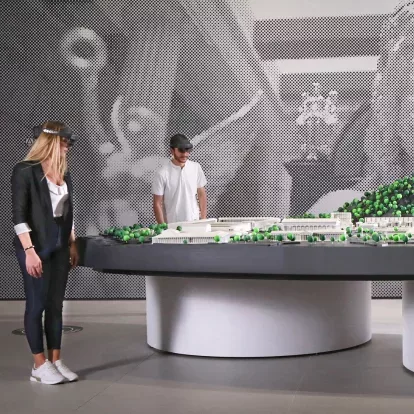
Digitally preserving Ancient Olympia has created a time capsule of one of history’s most important periods—brought to life in a realistic, engaging way that was never before possible. This new form of digital archiving will continue to offer a portal to another era, helping us understand what humanity has achieved in the past, and reminding us what we’re capable of today.
